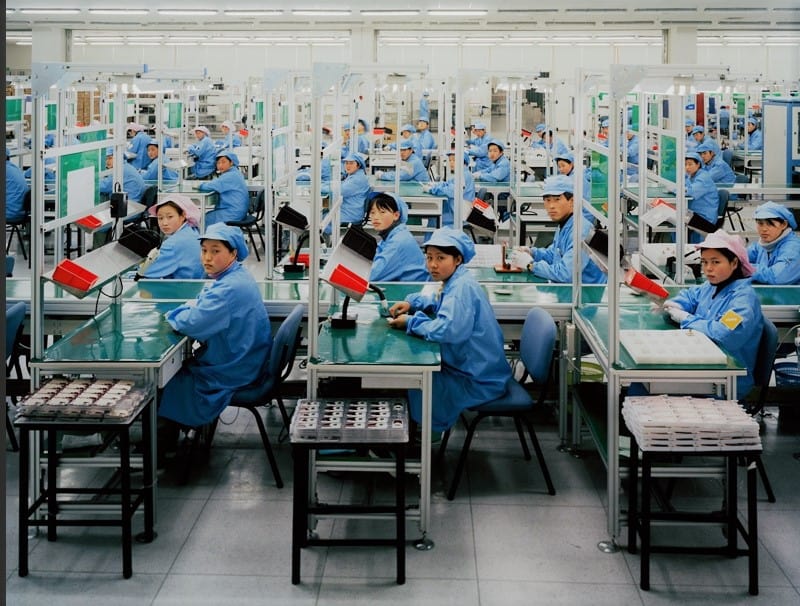Successfully sourcing your products from Asia implies being careful and diligent about each step of the manufacturing process.
QC (Quality Control) is an important step that responsible importers implement during production, usually before shipment, as it is believed to be the most cost-efficient stage for QC.
Pre-shipment inspections are best sellers in the 3rd Party QC (3PQC) industry; they are performed when production is finished (or almost finished). But without earlier preparation and follow-up with the factory, these inspections might present a few risks that you need to consider:
1. Costly Rework
Identifying defects late in the production cycle involves higher rework and repair costs. It involves unpacking all the finished goods, sorting the defective products, reworking or changing them, and repacking them again.
2. Negative impact on Time-to-Market
If problems are found, repairing them often delays the shipment of your goods, which might affect your time to market.
3. Compromising on Quality
Because of time or cost pressure and also because of a lack of support from the factories, many buyers end up agreeing to ship the goods even when they don’t meet their initial quality expectations.
4. Damaging your relationship with the supplier
Creating a healthy and long-term partnership with your supplier is a must to succeed in your product sourcing in Asia and to consistently get the level of Quality that you want. Often, issues found during a PSI (pre-shipment inspection) might lead to arguments and frustrations from both sides (the importer and the supplier).
“No one mentioned this before,” “If you want this quality, it will cost more,” and “This is unavoidable” are examples of what you can hear from your supplier because clear requirements and specifications on the products were not agreed upon before production, and proper follow-up with your production was not done at early stages.
To create a trusted relationship with your supplier, which will allow you to get your order with the right quality, at the right time, and at the price you expect, here are a few steps to follow:
- Think Product Design and Specifications:
Discuss Product Design and Specification clearly with your supplier. Verify prototypes and get samples shipped before you launch production. Often overlooked, this is probably the most important step in manufacturing a product.
- Think Supplier-Buyer partnership instead of putting pressure on them to reach the required quality:
Not working with your supplier hand in hand to get the product you want is a mistake that some buyers do.
After making sure the supplier has experience in manufacturing your product before hiring them: It is important to work with them more as a partner than a simple company that supplies products to you. All along the production process, support them when necessary to make your product a hit.
If your supplier is not able to reach the required quality, it is probably because you did not choose the right one, and you should review your supplier selection process.
- Think Cost optimization through Risk Management:
Having full control over your Quality does not mean that you need to implement drastic audits and inspection programs for all your projects. The QC scope (the number of inspections to be performed before, during, and after production) has to be adapted to every order to reflect the product complexity and the risks involved in the manufacturing process. It can also be adjusted to your supplier based on your past experience with them and your assessment of their capabilities.
And it can be changed depending on your product constraints, such as the regulatory requirements in the country of destination.
At QCADVISOR, we try as much as we can to implement a mindset in our services that focuses on avoiding defects instead of just catching them when it is too late. Even for Pre-shipment inspection, we prepare a Pre-Inspection brief to the factory in English and Chinese. This brief contains a list of all potential defects that might arise in the production, and it highlights all the points we believe could influence the expected quality of the product. It also includes clear explanations about the inspection process and the AQL that we will implement.
From experience, this “preventive” approach makes a huge difference, as it allows factories to understand more clearly what level of Quality they must reach and it helps avoid last-minute surprises and all the risks we mentioned above. It also helps establish a better relationship with your supplier and allows you to build a network of trusted partners.
For further details about our solutions, you can email us at hello@qcadvisor.com.
And you? How do you ensure that defects are avoided? Do you think catching defects is sufficient?




